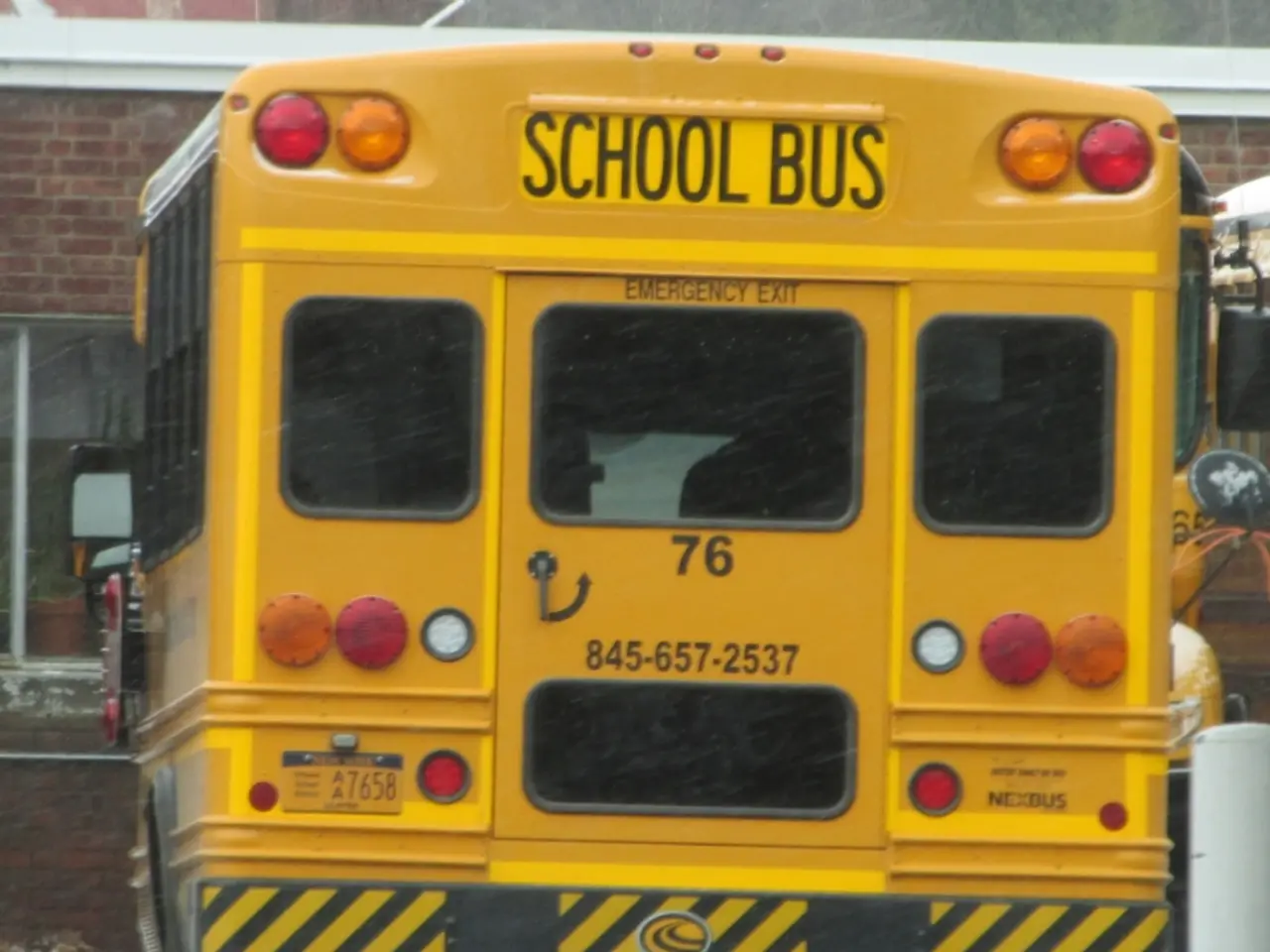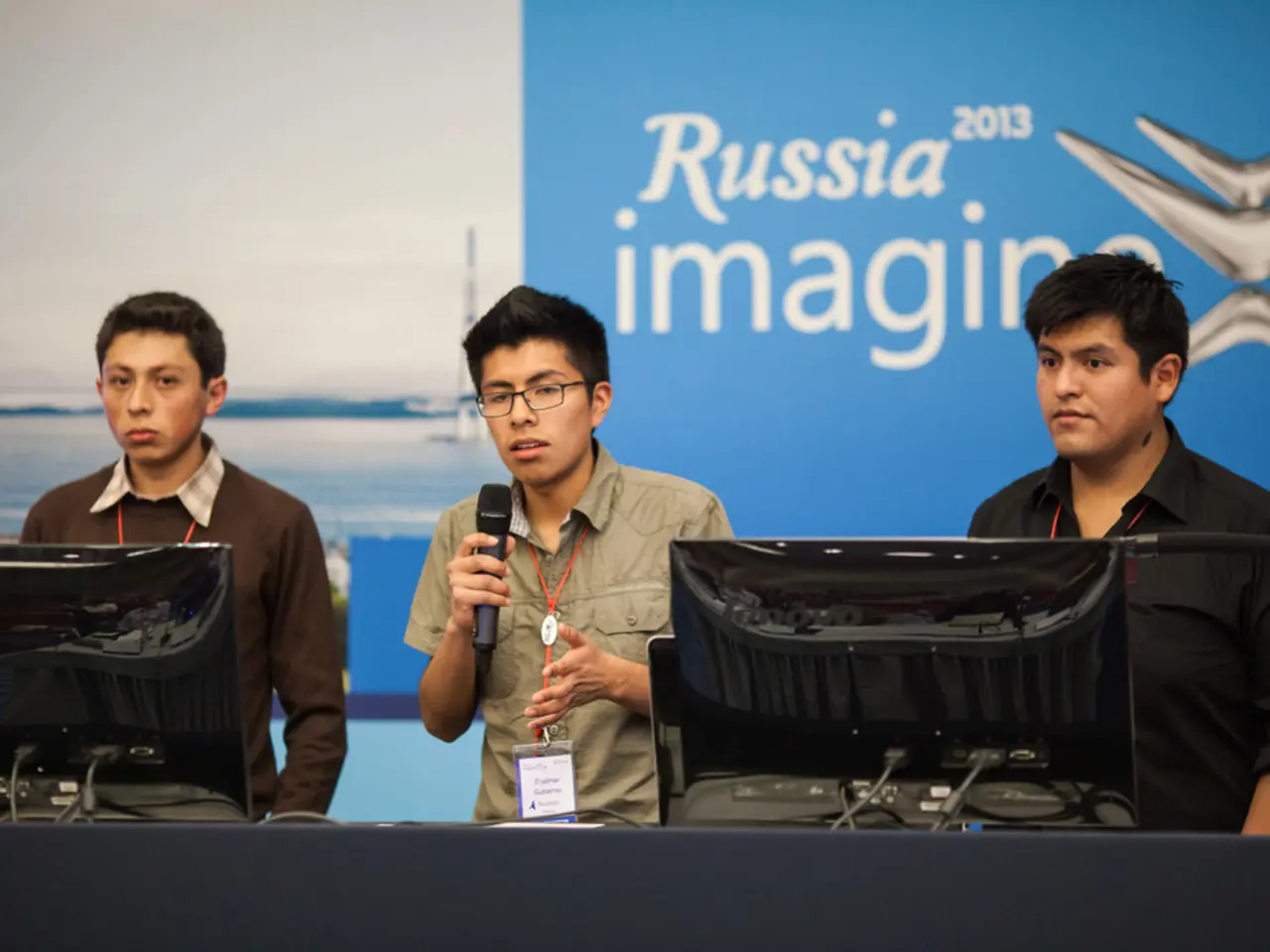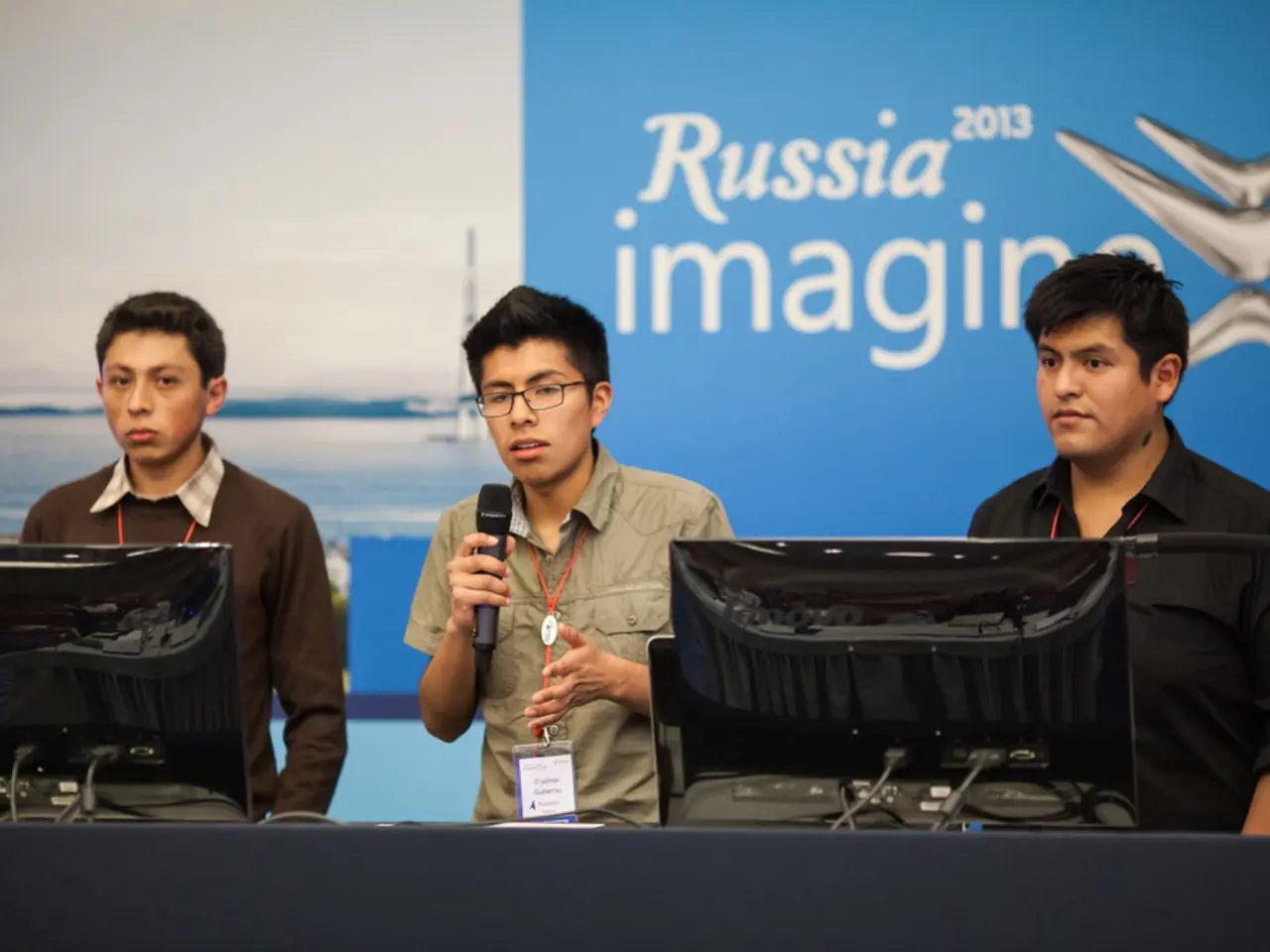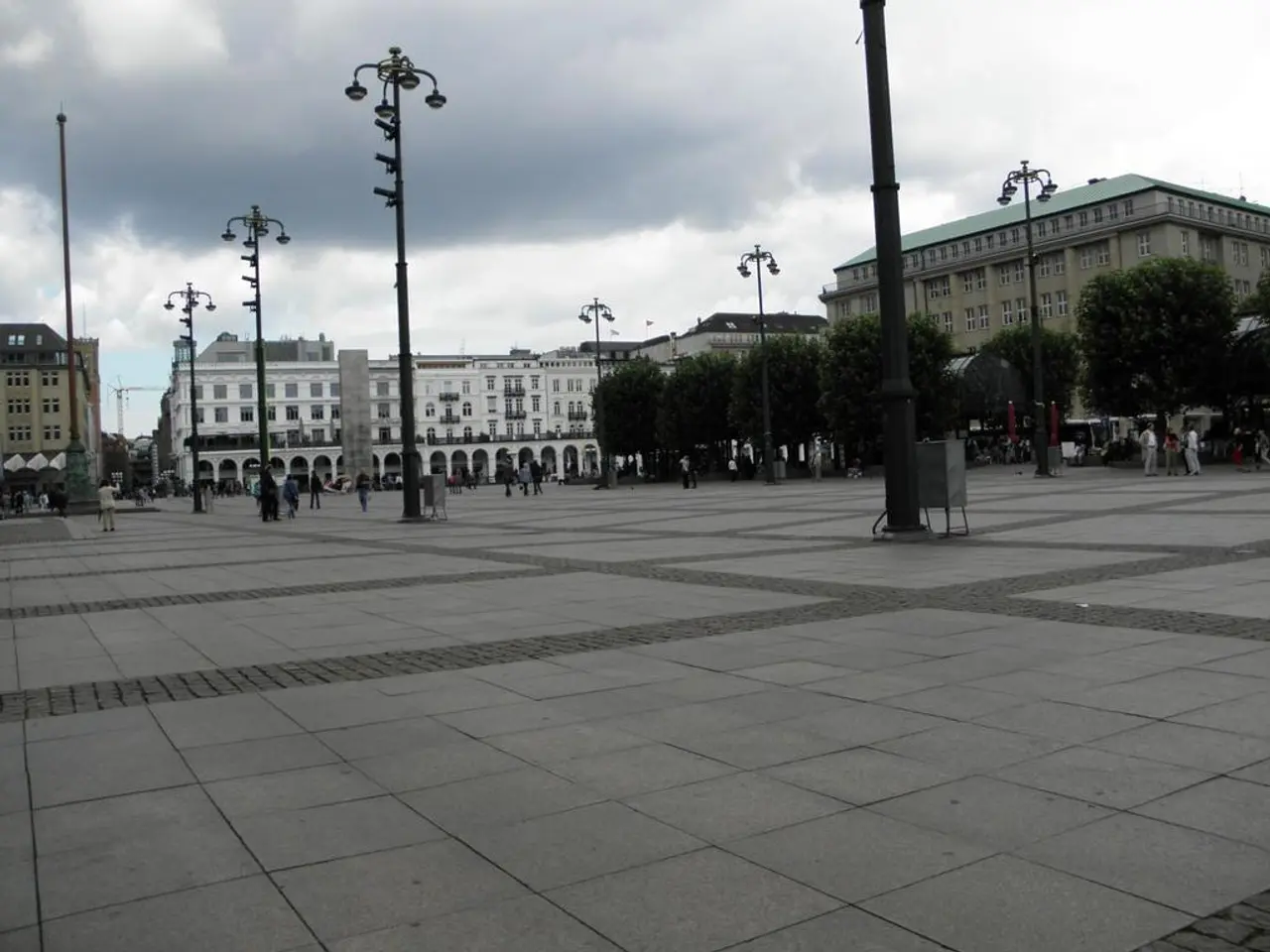Discussing Controversies Surrounding Educational Achievements and Quality in Nepal
Nepal's education system is facing significant challenges, with many schools still clinging to outdated practices and non-academic interests. Despite widespread criticism, several schools have yet to improve classroom learning, raising concerns about the effectiveness of the current system [1].
The Secondary Education Examination (SEE) and university exam results are often used to gauge the success of Nepal's education system. However, debates and concerns focus on the need for reforms beyond traditional textbook-based learning. These reforms aim to make education more practical, technology-friendly, and competency-oriented. This includes revising the curriculum, teaching methods, and evaluation systems like the SEE results, which currently emphasise rote learning and marks rather than skills and competencies [1].
Budget allocation for education is another critical issue. While there are indications of provincial government-funded projects aimed at improving school infrastructure, such as the Karnali provincial government's Rs 58.92 million project to build a 33-room facility, broader concerns remain about resource management and ensuring the presence of competent teachers and adequate facilities across schools [1].
Private schools and non-academic facilities have also become a subject of debate. Practices like grade skipping in private institutions have raised concerns, with research suggesting that acceleration can benefit gifted students. However, in Nepal, parental pressure often drives grade skipping without sufficient consideration of the student's readiness, potentially harming their holistic development and causing knowledge gaps [3].
As the focus shifts towards reform, public engagement is increasing. Platforms like SpeakUp Nepal are encouraging dialogue on educational issues, indicating a growing civic interest in addressing systemic problems [4].
In summary, the main debates centre on:
- Reforming the SEE and overall education system to focus less on rote learning and marks, more on competence and practicality [1].
- Adequate and effective budget allocation ensuring infrastructure, resources, and teacher quality to support meaningful education reform [1].
- Concerns about private schools offering non-academic facilities and practices, with worries about academic integrity and equitable access [3].
- Public discourse and civic engagement on education challenges gaining traction [4].
These concerns highlight the urgency for policy reforms, resource management, curriculum revision, and balanced development of both academic and non-academic facets in Nepal’s education system. The focus should not only be on the pass vs fail gap but also on the learning gap between passed and failed students, addressing the question of how much more skill, knowledge, and creativity passed students have developed compared to those who failed [2].
The government should assign education experts to study the conditions of failed students, including their home learning environment, family economic conditions, schools attended, teacher quality, and number of teachers [2]. The higher pass rate in the SEE is not solely the result of the state's efforts, but a joint effort from students, teachers, and parents [5].
However, doubts have been expressed by education experts regarding the integrity of this year's SEE results due to past malpractices and suspicions of leniency, overly easy exam questions, and adding marks to weak students' answer sheets [6]. The sudden rise in pass rate has raised suspicions about potential leaked questions, influence from affluent schools, cheating in rural exam centers, and teachers providing answers on blackboards in some centers [6].
Despite these challenges, there are positive trends in some community schools, with some schools now requiring entrance exams for admission [7]. Achieving success in education requires strong commitment from all levels of government, including eliminating political interference in schools and universities [8]. The PM had announced a goal of achieving at least a 70% pass rate in the SEE, but the target wasn't fully met, with 62% of students passing [9].
The competition for admission is affecting successful students and those who have failed the SEE. Education is crucial for personal growth and societal development, leading to the formation of a civilized and developed community [10]. The Secondary Education Examination (SEE) results have led to a surge in admissions to private schools offering Grade 11 and 12 classes [11]. The 38% of students who failed the SEE, approximately 167,000 students, have received little attention and require the most support, encouragement, a supportive environment, and clear guidance for improvement in future exams [12].
Countries aiming for development invest heavily in their education systems, and even developed nations prioritize education to maintain their global standing. Nepal's education sector has not received the priority it deserves, with the national budget consistently allocating less than 10% to education [13]. The focus must shift towards prioritising education to ensure a brighter future for Nepal's youth.
References: [1] The Kathmandu Post [2] The Himalayan Times [3] NepalLive [4] SpeakUp Nepal [5] The Rising Nepal [6] The Kathmandu Post [7] The Himalayan Times [8] The Kathmandu Post [9] The Rising Nepal [10] The Himalayan Times [11] The Kathmandu Post [12] The Himalayan Times [13] The Kathmandu Post
- Thepass rate in the Secondary Education Examination (SEE) is under scrutiny due to doubts about the integrity of this year's results, with concerns about potential leaked questions, cheating, and leniency.
- In contrast to the investigations surrounding the SEE results, some community schools are making positive strides, implementing entrance exams for school admission to ensure quality students.
- As Nepal navigates education system reforms, it's important to remember that the focus should not only be on the pass vs fail gap but also on the learning gap between passed and failed students.
- Despite the widespread criticism of Nepal's education system, many schools still rely on outdated teaching methods and non-academic interests, hindering the practical, technology-friendly, and competency-oriented education reforms being proposed.
- Nepal's education budget often comes under fire, with concerns about resource management, ensuring the presence of competent teachers, and adequate facilities across schools.
- The government should allocate more resources to education, mirroring the focus on education in developing countries and even developed nations to maintain global competitiveness.







